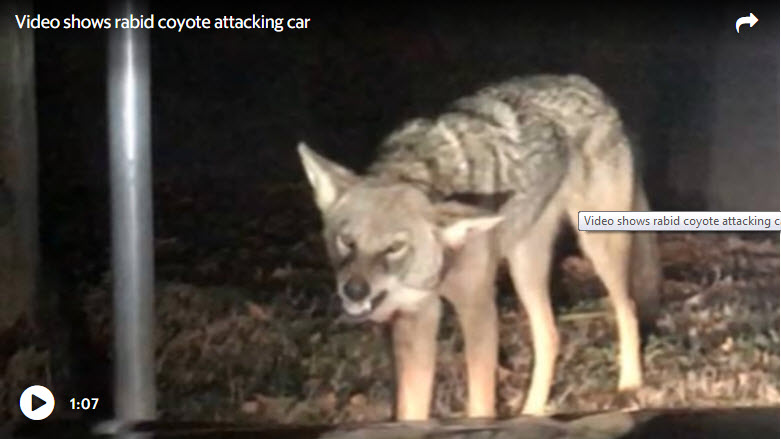Stars and Stripes.
The U.S. is temporarily halting a program under which bomb-sniffing dogs were sent to countries in the Middle East after a report released Friday found at least five more of the specially trained dogs had died in Jordan and Egypt following poor care, mistreatment or negligence.
One of the dogs in Jordan died after overheating in June, and another was poisoned by insecticide sprayed near its kennel in September, the report by the State Department’s Inspector General said.
Three of 10 dogs the U.S. has provided to Egypt in the past year have also died — one from lung cancer, one from a ruptured gall bladder and one from heat stroke, the report said.
The announcement that the program is being stopped comes months after American inspectors found that at least 12 of the U.S.-trained canines sent to Jordan under an antiterrorism program had died from medical problems. Others were overworked, unhealthy and forced to live in kennels with “barely existent” sanitation, the officials said in an evaluation released in September.
At the time, the IG called for the U.S. to stop sending dogs to Jordan until a plan could be put in place to ensure the animals’ health and welfare, but State Department officials refused to do so. The department’s top security and counterterrorism officials said at the time their divisions were taking steps to improve monitoring of the health and training of dogs provided to foreign partner countries.
But the IG learned through a hotline complaint after the original report was published that two additional dogs had died in Jordan of “non-natural,” preventable causes.
“The death of two canines from non-natural causes — namely, hyperthermia and poisoning — since June 2019 raises serious questions about the Department’s contention that it has taken adequate steps to protect their health and safety,” said the report released Friday.
A third dog in Jordan was infected with leishmaniasis, a preventable disease spread by sand flies, officials told the IG in October. Last year, a 3-year-old Belgian Malinois provided to Jordan had to be euthanized after being infected by the same disease.
Jordan is the main recipient of U.S.-trained bomb-sniffing dogs but several other countries have also received canines under the program, which has been running for some 20 years.
Two of the deaths in Egypt were not previously disclosed to the IG, the new report said. Egypt had denied U.S. officials permission to visit the kennels or the airport where the animals would work, and would not allow U.S. mentors to accompany the dogs to Egypt for in-country training.
[ … ]
In its earlier evaluation, the IG said the department could not provide detailed information about programs in nine other countries which had a total of between 75 and 100 dogs as of last September.
In August, the State Department repossessed 10 dogs from Morocco because they were not being used for their intended purpose, the IG said.
Oh. Okay. It all makes sense now. The State Department is responsible for this grotesque program.
Now see, this really pisses me off. We’ve bred wolves (and then dogs) for millennia to be our under-foot partners and companions, always with us, faithful and loyal to us to the end. This kind of treatment in return is an abomination. End the program … NOW! Totally and completely, no second chances, no modifications, no alterations. End the program. That’s the only thing I’ll accept.
A good man has regard for the life of his beast, the evil man doesn’t. The State Department is evil for doing this, among many other reasons. The article has pictures of starving dogs that I can’t bring myself to embed.
So the U.S., under the flag of foreign relations, spends a ton of money training dogs to detect explosives, sends them overseas to be used, and instead of taking care of them, they are abused by their handlers if used at all for their intended purpose. And after finding that out, the State Department refused to stop the program.
Why does the State Department exist? Rex Tillerson made this major mistake, among many moderate and smaller ones. When he fired an entire floor of employees from the State Department, he should have emptied the building and permanently shuttered it. It’s good for nothing at all.
So the intent is to detect explosives? The Arabic culture disrespects dogs? Fine. Let those countries explode to hell and back. I don’t care.
My own Marine who did a tour in Fallujah in 2007 came home disgusted and repulsed by the obscene and revolting treatment of dogs in middle eastern culture. If you look at dogs the way they do, I look at you the way I look at the middle eastern culture.
There. Is that clear enough for you? On both accounts?




